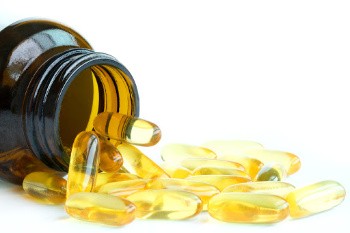Shift Work and Erections
Let’s face it – as men get older, there are already enough roadblocks in the way of having erections on demand. There is stress, anxiety (a pandemic), the effects of smoking or drinking – and a million other things. But if you are also putting your body through the highly demanding ordeal of shift work – it may be affecting your erections.
Men who have shift work sleep disorder could be at higher risk for erectile dysfunction (ED), according to new research. Scientists think disruptions to circadian rhythms, changes in testosterone levels, fatigue, and stress could be to blame.
Here’s what they discovered:
Shift work can be tough, especially when you’re trying to fit life around a schedule that not everyone follows. Scientists think for some men, shift work might take a toll on their sex lives, too.
A recent study in the Journal of Sexual Medicine suggests that men with shift work sleep disorder (SWSD) could be at greater risk for erectile dysfunction (ED).
People with SWSD often feel sleepy when they need to be on the ball. They might experience insomnia and fatigue. Concentration might be a challenge as well.
Researchers examined data from 754 men. Of these, 204 men worked nonstandard shift schedules (outside the 7 am to 6 pm time frame) or rotating shifts. All the men completed several questionnaires about their work schedules, erections, overall health, and depression symptoms. They also submitted blood samples for hormonal analysis and were screened for SWSD.
Among the 204 men doing shift work, 48 had SWSD.
Looking over the erectile function questionnaire results, the researchers determined that the men with SWSD had more trouble with erections than the men who did shift work but did not have SWSD. And men who worked night shifts tended to have poorer erections than men who worked during the day or evening.
What’s the connection? The authors noted that disruptions to circadian rhythms might come into play. Also, since men’s bodies produce testosterone – an important hormone for sexual function – during sleep, there might be some testosterone deficiency in men with SWSD.
There could be psychological explanations, too. SWSD can leave a person feeling fatigued and stressed, and that can lead to erection problems.
The authors recommended that doctors assess sleep and work routines in men with ED.
Resources
The Journal of Sexual Medicine
Rodriguez, Katherine M., MD, et al.
“Shift Work Sleep Disorder and Night Shift Work Significantly Impair Erectile Function”
(Full-text. Published: July 28, 2020)
https://www.jsm.jsexmed.org/article/S1743-6095(20)30712-8/fulltext#%20
National Sleep Foundation
“Shift Work Disorder Symptoms”
https://www.sleepfoundation.org/shift-work-disorder/symptoms


 According to Jessica O’Reilly, PhD, host of the @SexWithDrJess Podcast, worrying about how long it takes you to orgasm can take you further out of the moment, and really isn’t necessary.
According to Jessica O’Reilly, PhD, host of the @SexWithDrJess Podcast, worrying about how long it takes you to orgasm can take you further out of the moment, and really isn’t necessary.

